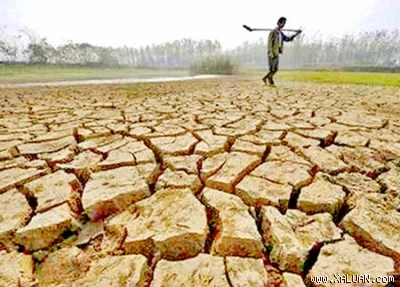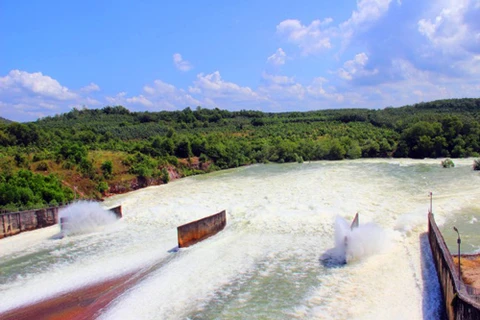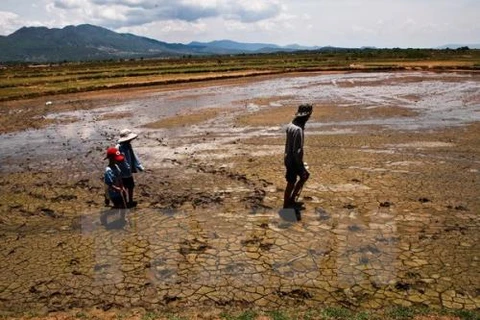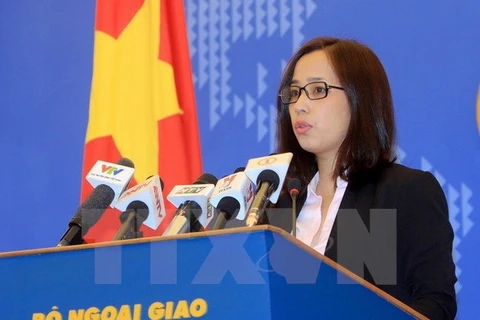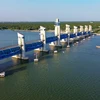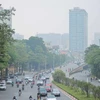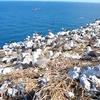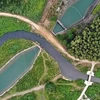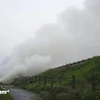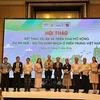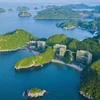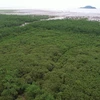Hanoi (VNA) – Development partners and sponsors have recommended measures to cope with the acute drought and saltwater intrusion in the central, Central Highlands and Mekong Delta regions of Vietnam.
At a workshop in Hanoi on March 15, Sebastian Leocadio, a representative of the International Rice Research Institute, said saline intrusion and its risks are predictable. The predictability will help develop solutions such as farming short-term and saline-tolerant plant varieties.
He added that this year’s worsened saltwater intrusion is mainly due to a decrease in the flow of water from upper rivers, not the rise in sea levels. Hence, it is vital to better the management of water flows and apply smart agricultural production methods amidst climate change.
A representative from the World Bank (WB) said Vietnam should have a comprehensive and strategic assessment of the problem. It should fine-tune plans on using water resources.
While a majority of participants in the workshop suggested modernising irrigation canals to mitigate drought impacts, a representative of the Asian Development Bank said Vietnam should develop pipe systems to concurrently irrigate crops and provide water for daily use while saving water.
UN Resident Coordinator in Vietnam Pratibha Mehta asked the Southeast Asian country to raise its people’s resilience to disaster risks. It should comprehensively and swiftly evaluate the scale and seriousness of the issue so as to take appropriate responses.
The nation also needs to prioritise the settlement of urgent matters to have proper actions, she added.
Minister of Agriculture and Rural Development Cao Duc Phat said about 160,000ha of rice have been ruined in the Mekong Delta, which means some 1.5 million people have not earned money from rice over the last months.
Also, more than 200,000 families, about 1 million people, have not had enough water for daily needs, he added.
Severe drought has also been reported along the south central coast. In particular, it has lasted for two years in Binh Thuan, Ninh Thuan and Khanh Hoa provinces. During the ongoing winter-spring crop, water only fills 50 – 60 percent of the design capacity of reservoirs in the region.
The Central Highlands region is also experiencing the same situation, which poses very high risks of fire to local forests, reports at the workshop said.-VNA


